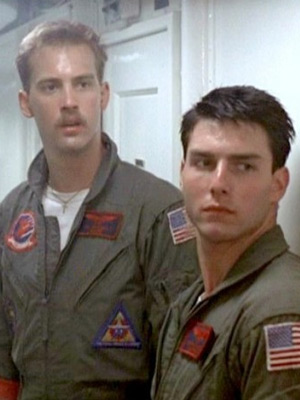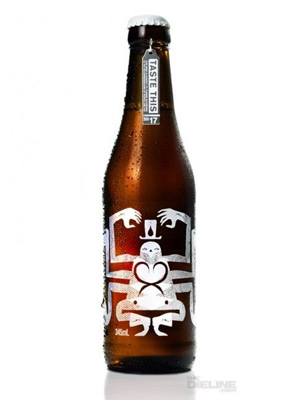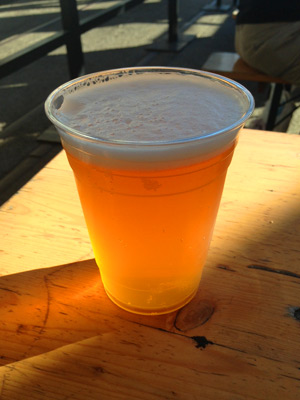 If you've worked in a bar you know there are different types of drinkers and it pays to read them properly. Do this well and it will result in deeper relationships, greater tips, and fewer lawsuits. I cast a light into the dark recesses of my brain and there, under layers of dust, I found my old classifications of drinkers.
If you've worked in a bar you know there are different types of drinkers and it pays to read them properly. Do this well and it will result in deeper relationships, greater tips, and fewer lawsuits. I cast a light into the dark recesses of my brain and there, under layers of dust, I found my old classifications of drinkers.
The Health Drinker - Steady retention, low monetization.
The Social Drinker - Sporadic retention, good monetization.
The Problem Drinker - Low retention, low monetization. Trouble.
The Under-aged Drinker - Heavy retention, low monetization.
The Alcoholic - Heavy retention, heavy monetization. Guilt.
The Binge Drinker - Low retention, heavy monetization.
Do these classifications relate to your audience? And does the way you relate to them change positively based on their motivations?





